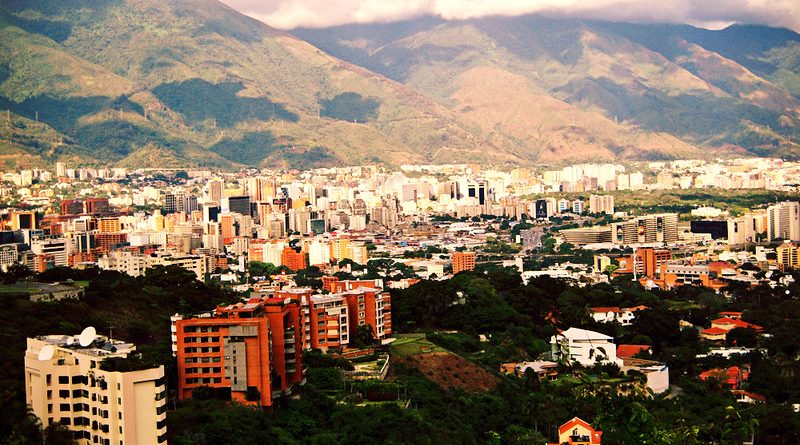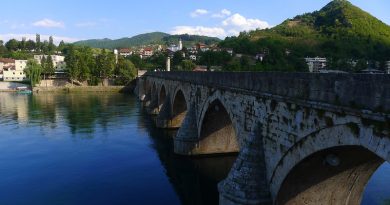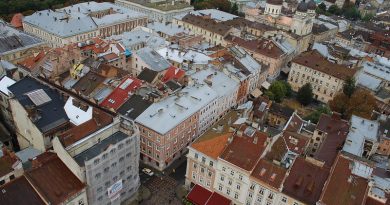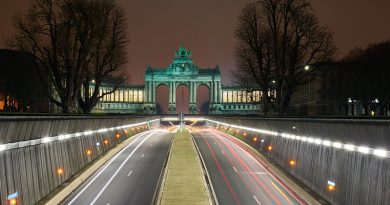Venezuela Destinations
Caracas
Caracas is perhaps not one of the most beautiful cities in a country where beauty is valued above all. It is, however, a vibrant, energized city with a rapidly beating heart. When exploring Caracas you will find that its historical district is relatively small, centered largely round the Plaza Bolivar dedicated to the monument of Venezuela’s revered liberator, Simon Bolivar. Much of the city’s historical identity was largely eaten away by its wholesale modernization following the oil boom. The city is now more famed for its New York-style skyscrapers and network of ultra-modern highways. At the same time the vast expanse of barrios that dominate the hills surrounding the city stand as a solid reminder that for all its beauty queens and petrol dollars, there is far more poverty in Caracas than wealth and the rising crime rate reflects this. Crime and dangers aside, Caracas is blessed with a youthful and attractive population so it’s not surprising that partying and socializing are high up on the agenda of things to do. Caraquoans love to eat out and the huge variety of restaurants in the city means that most tastes can be catered for. There are also enough bars and clubs to give visitors a real taste of nightlife Latino style, with Polar Bear Beer, rum, and imported whiskey being the favored tipples.
Los Llanos
The wild plains of the Llaneros stand out as a refreshing antidote to the modern city living that most Venezuelans have now opted for. This is a land of untamed natural extremes where, despite the fact that temperatures can rise as high as 130F, the plains still flood constantly with rain during the wet season between May and July. Its most famous human inhabitants are theLlaneros, Venezuelan cowboys, who lead a simple if difficult existence centered for the most part around their horses and cattle, and for whom very little has changed since they populated the Llanos in the sixteenth century. But it is the lure of the most prominent non-human inhabitant, the anaconda, which brings most people to the province, with many intrigued and strangely excited by rumors that some of these deadly creatures can grow up to 30 feet long. Other thrilling and equally perilous animal attractions come in the shape of the car-sized crocodiles and the flesh-eating piranhas. Fortunately for wildlife lovers who want to get close to nature without the fear of being eaten alive head first, the Llanos also has hundreds of fascinating bird species to admire. So for anyone with a sense of adventure that fancies a bit of Indiana Jones with a dash of Crocodile Dundee, a stay at one of the many Llanos ranches can be a truly exhilarating and decidedly different experience.
The Andes
The Venezuelan Andes stretch from the Columbian border to the natural border with Guyana and Brazil around 250 miles northeast. The region provides fantastic conditions for trekking, mountaineering, rock climbing, bird watching, paragliding and rafting, and local operators have been quick to make all these activities available to tourists. The capital of the state is the university town of Merida, otherwise known as ‘gringo’s capital’ for its relaxed atmosphere and bohemian culture which makes it a hotspot among backpackers. Another bonus point is that Merida enjoys a year round temperature of about 70F (19C) with light April showers in any given month, which means that it perpetually feels like spring. But on the whole people usually make their way to Merida for two specific reasons: the first is to gawp at the highest peak in Venezuela, Pico Bolivar – ‘the roof of Venezuela’, which rises over 5000 feet above sea level; the second is to take a ride on the Teleferico, the world’s highest and longest cable car, which will take you on an hour long journey to top of Pico Espejo that may begin with T-shirts but which will almost certainly end with fleeces and water-proofs. The cable car usually operates Tuesday to Sunday, though in tourist season it may run everyday.
The Caribbean Coast
Venezuela’s foremost tourist haven is undoubtedly Isla de Margarita and is easily reached via its sizeable international airport. It may be a mere 25 miles off the Northeast coast of mainland Venezuela but in terms of cultural differences it is worlds away. It has even been alleged that some foreign tourists have actually mistaken the island for a completely separate country. But with over fifty gleaming white and turquoise beaches it is not surprising that Isla de Margarita has come to be revered as a mecca for sun, sea and sand, which draws tourists in their droves every year. As such the island is not really a place to go if you want a taste of ‘real’ Venezuela. On the other hand, if you don’t mind mingling among the hordes of German, French and Italian holidaymakers, and desire the quintessential Caribbean getaway then Isla de Margarita is just the place. There are plenty of restaurants, bars, and cafes to entertain and water-sports like snorkeling and scuba diving are incredibly popular. Margarita is renowned for its windsurfing facilities – the beach of El Yaqueis the prime spot for this sport.
If you want the white beaches and aquamarine waters without the tourist onslaught, you might be better off seeking out the less accessible archipelago of Los Roques, 120 miles north of Caracas and made up of more than 40 coral islands. The main island is Gran Roques, which is also Venezuela’s largest marine park and was declared a national park in 1972. The islands have long been feted for their great diving sites and the variety of its marine fauna. The average annual temperature of the islands is 84F (29C) and in July it can peak at around 93F (34C).
Guayana
Situated to the south of the Orinoco River, Guayana is one of the most geographically diverse regions in Venezuela. It is distinguished, among many other things, for the extraordinary beauty of its multitude of waterfalls, the best known of which is the Salto Angel or Angel Falls – the highest in the world. It also boasts the stark yet striking landscape that is the Gran Sabana or ‘the lost world’, whose skyline is punctuated by the hundreds of pre-historic looking Tepuis flat-topped mountains. The highest and most famous of which is Roraima, and if you have the will and the energy to climb to its plateau you will be treated to the most bewildering views of blackened rock, pink beaches, and incredible wildlife.
On a practical note make sure you bring plenty of repellent because the Sabana is infested by a kind of small gnat known as the jejen whose bites can itch for days. As far as cities go in Guayana there are only two of any real significance – Ciudad Bolivar and Ciudad Guyana. Ciudad Bolivar retains the feeling of a small colonial town with its steep, cobbled streets but Ciudad Guyana is anything but small, and is the fastest growing urban centre in Venezuela.
Amazonas
Amazonas is Venezuela’s southernmost state. It lies at the headwaters of the Orinoco Riverand is covered predominately by a thick carpet of lush rainforest, crisscrossed by rivers. Much has been made in the past of the basin of the Orinoco being the setting for Joseph Conrad’s famous novel Heart of Darkness, and references to the book with regards to the Venezuelan Amazon can now seem a little trite. However when you enter into this unfamiliar and slightly eerie world of dense vegetation, squawking macaws, and stealthy jaguars, the authenticity of Conrad’s writing suddenly becomes all too real. In this environment it is nature that rules man not man that rules nature, and nobody is more respectful of this unwritten law than Venezuela’s Amerindian communities such as the Piaroa, Yanomami, and Guajibo who have inhabited the jungles of the Amazonas for centuries. One of the most noticeable feature of the Venezuelan Amazon is the Tepuis, not quite as dramatic as in Gran Sabana but still impressive. The capital of the state is Puerto Ayucucho where tours into Amazonas can be most easily organised. Such tours often take visitors to explore popular sites like the Cerro Autana, the sacred mountain of the Piaroa Indians.




